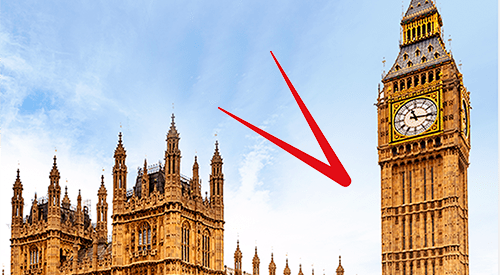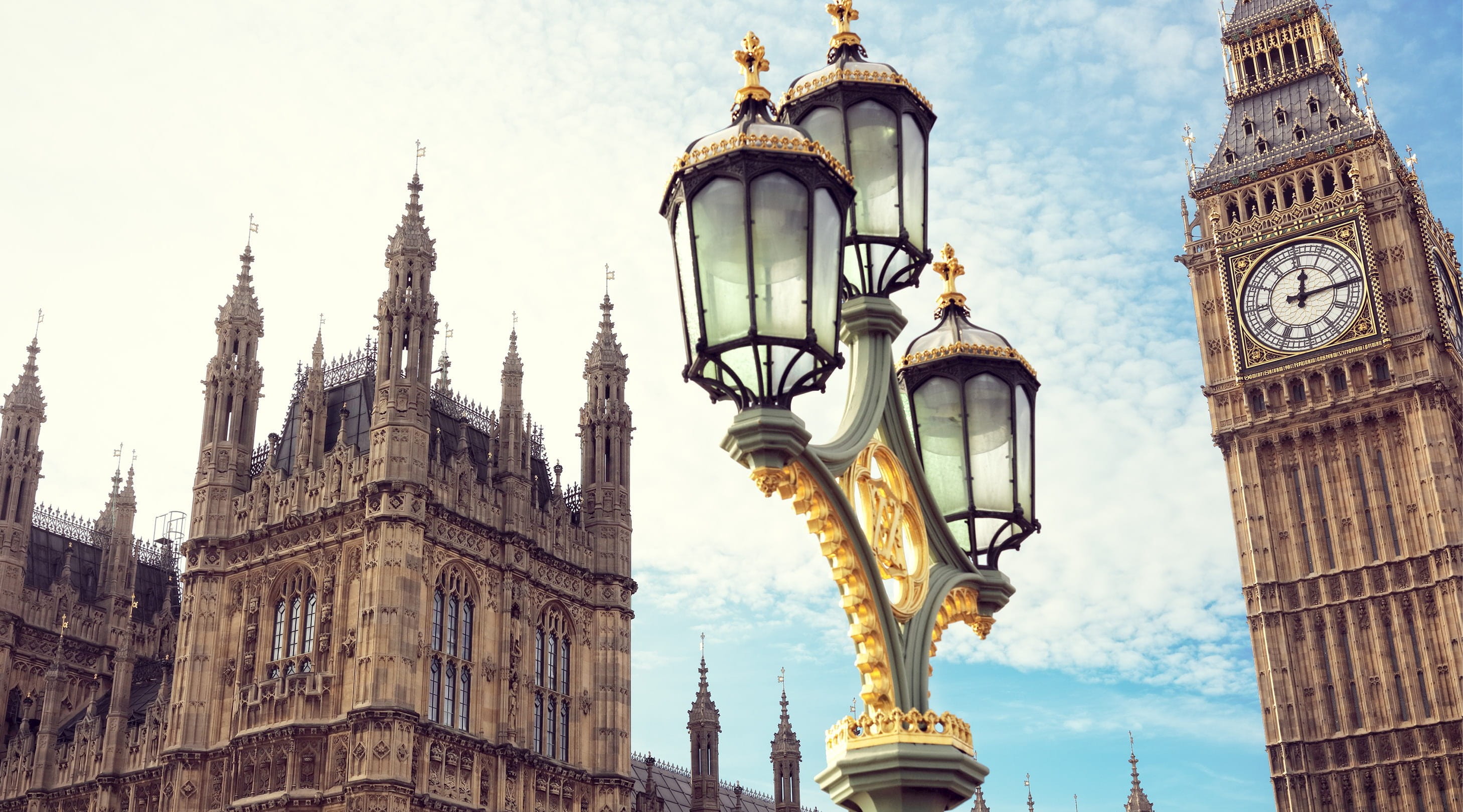.ashx?cx=0.5&cy=0.5&cw=1600&ch=2133)
Most of the focus in the Autumn Budget later this month will be on the government’s tax and spending plans for the next financial year from 1 April 2025 and any tax rises that may be needed to fund public spending over the next five years.
However, there will also be a great deal of interest on the extent to which the £22bn ‘black hole’ identified by HM Treasury earlier this summer translates into the amounts allocated to public spending in the current financial – hence our shallow dive into what our money is spent on in this week’s chart.
Our chart breaks down the £1,226bn allocated for public spending in the Spring Budget 2024 into five categories: pensions and benefits, health and social care, education, other public services and debt interest. To put these very big numbers into context, the chart also analyses the per capita equivalent of £1,476 per month obtained by dividing total spending by the estimated current UK population of 69.2m.
The budget for welfare is £371bn this year, 30% of total spending and equivalent to around £447 per person per month. This includes £157bn (£189 per person per month) for the state pension and other pensioner benefits, £103bn (£124 per person per month) for working age and family benefits, £60bn (£72 per person per month) for disability and illness benefits, and £51bn (£61 per person per month) for other social protection measures.
Budgeted spending on health and social care in 2024/25 is £296bn, 24% of the total or £356 per person per month. This comprises £228bn (£274 per person per month) for the NHS in England, Scotland, Wales and Northern Ireland, £23bn (£28 per person per month) on public health and other health-related spending, and £45bn (£54 per person per month) on social care.
The education budget of £131bn this year is equivalent to 11% of total spending or around £158 per person per month when averaged over the whole population. This includes an estimated £95bn (£115) on schools, £26bn (£31) on universities and higher education, and £10bn (£12) on further education, training (including apprenticeships) and other. Almost all of the education budget goes on those under the age of 25, with average spending per pupil between ages five and 16 estimated to be in the region of £650 per month, for example.
The budgets for other public services add up to £319bn, 26% of total spending or £384 per person per month. This covers everything else that central and local government does on behalf of us, apart from paying debt interest. According to the Spring Budget, £71bn (£85 per person per month) goes on defence, £59bn (£71) is due to be spent on transport, £49bn (£59) on industry, agriculture and employment, £47bn (£57) on public order and safety, £40bn (£48) on housing and environment, and £53bn (£64) on everything else.
The remaining 9% of the budget is for debt interest, forecast to be £109bn or £131 per person per month during 2024/25. This can vary significantly as interest rates change, so the Chancellor will be hoping that interest rates come down further and faster than anticipated at the time of the Spring Budget.
The £22bn of spending pressures announced by the Chancellor in July comprise £11.6bn for the effects of higher inflation on pay since the last Spending Review that set baseline budgets three years ago, £6.4bn for asylum and refugees, £2.9bn in additional rail subsidies, £2.6bn in unbudgeted policy commitments by the previous government, £1.7bn more funding for Ukraine, and £1.5bn in extra money for the NHS – less a net £4.8bn in unused reserve and other contingencies within the budget.
Cutting the winter fuel allowance is expected to save around £1.5bn in 2024/25, with £0.8bn to come from scrapping the Rwanda scheme and £0.2m from other measures, leaving £3bn to be found by asking departments to find savings within their budgets. In theory, this should reduce the amount required to plug the gap to between £16bn and £17bn.
Some of that gap could be filled by tax receipts coming in higher than forecast (although the hole could also get bigger if they end up lower than hoped) while tax rises could help a little, but probably not by much given most tax changes are only introduced from the start of the following financial year.
That leaves higher borrowing as the most likely route for the Chancellor to pay for the spending pressures identified, potentially pushing the £87bn (£105 per person per month) budgeted shortfall between taxes and other receipts and public spending in the current financial year to a deficit of more than £100bn (£120 per person per month).




